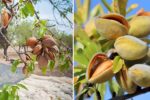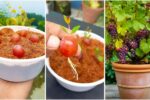Pea plants are simple, tasty, and very rewarding to grow. But many gardeners wonder how to keep them thriving all year instead of just one season. With the right knowledge and care, you can enjoy fresh peas for much longer. Let’s explore how!
What Exactly Is the Pea Plant and Why It Matters
Pea plants (Pisum sativum) are cool-season legumes known for their sweet pods and soil-enriching qualities. They not only provide delicious veggies but also improve your garden’s soil by fixing nitrogen naturally.
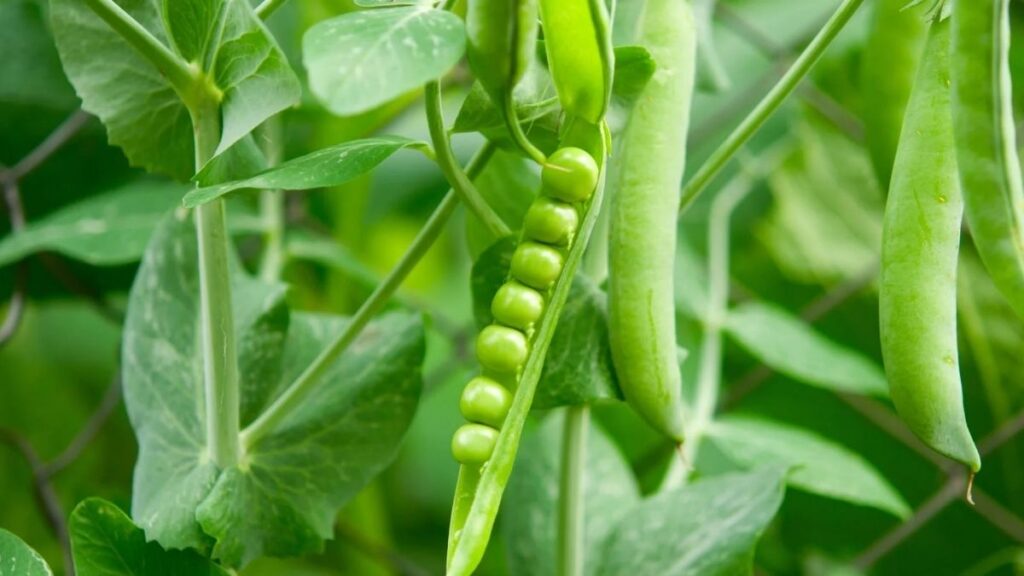
- There are three main types of peas: shelling peas, snow peas, and sugar snap peas
- They grow well in cool climates and are often planted in spring and fall
- Peas can be grown in containers, raised beds, or garden rows
Understanding their role helps you care for them better and plan for year-round growth.
What Is the Best Time to Plant Pea Plants
Timing is critical because peas prefer cooler weather.
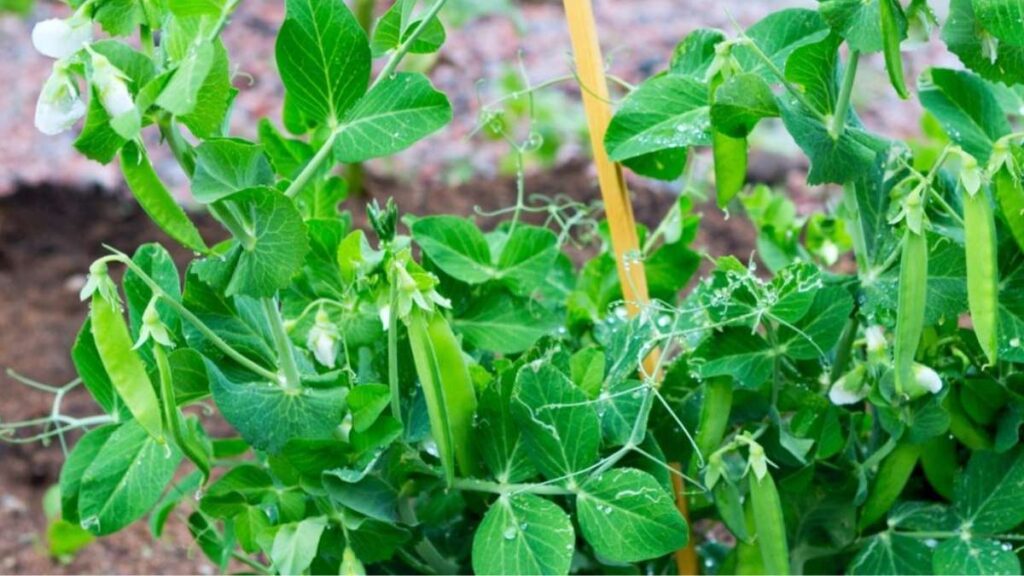
- Spring planting is ideal about 4 to 6 weeks before the last frost date
- Fall planting works well 8 to 10 weeks before the first frost
- In warmer climates, peas can also be grown in winter
Planting at the right time ensures your pea plants grow vigorously and produce plenty of pods.
What’s the Secret to Extending Pea Plant Growth Throughout the Year
To grow peas beyond the typical seasons, use these methods:
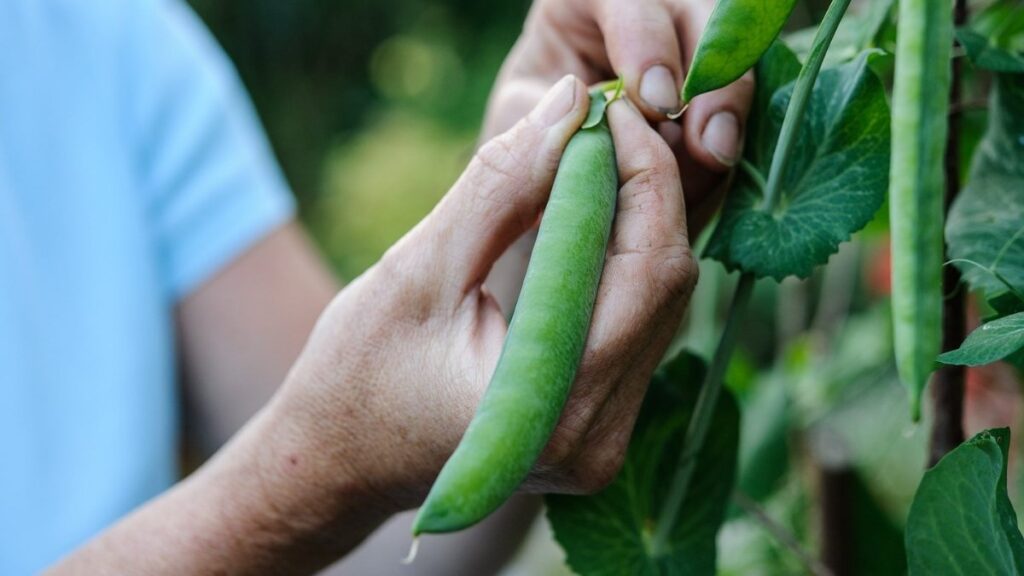
- Succession planting: sow new seeds every 2 to 3 weeks
- Use season extenders like row covers or cold frames
- Choose cold-tolerant or fast-maturing pea varieties
- Mulch to protect roots during colder months
These tips help you stretch your pea harvest across multiple months.
How IBR (Ideal Basic Routine) Helps Pea Plants Stay Healthy Year-Round
Maintaining a consistent care routine can keep your pea plants thriving.
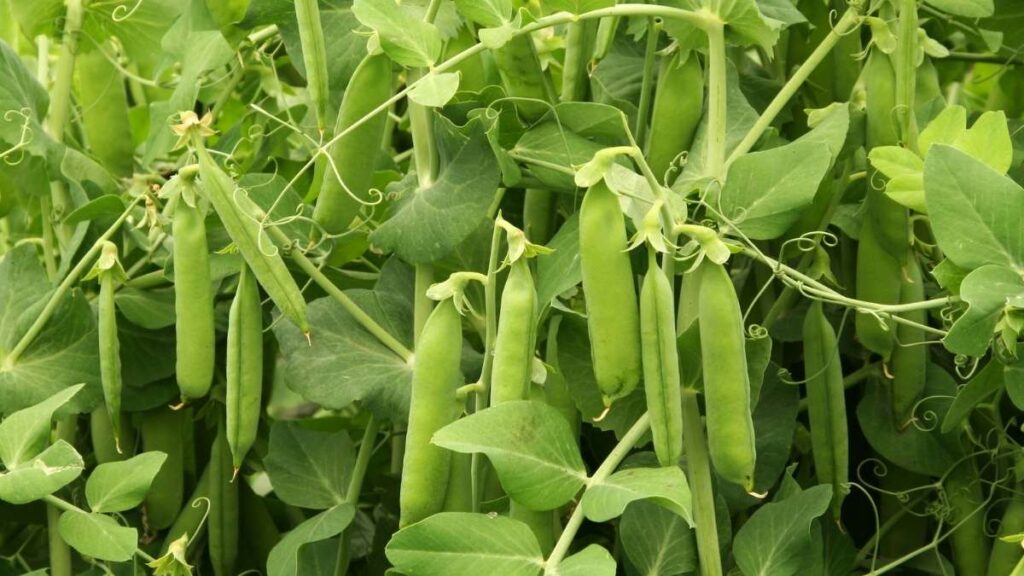
- Provide full sun or at least 6 hours of sunlight daily
- Keep soil moist but not waterlogged, especially during hot or cold seasons
- Support climbing varieties with trellises or stakes
- Harvest peas regularly to encourage more pods
Following this routine minimizes stress on the plants and boosts productivity.
What They Are: Different Pea Varieties Suitable for Year-Round Growing
Knowing which pea types to plant is key for year-round success.
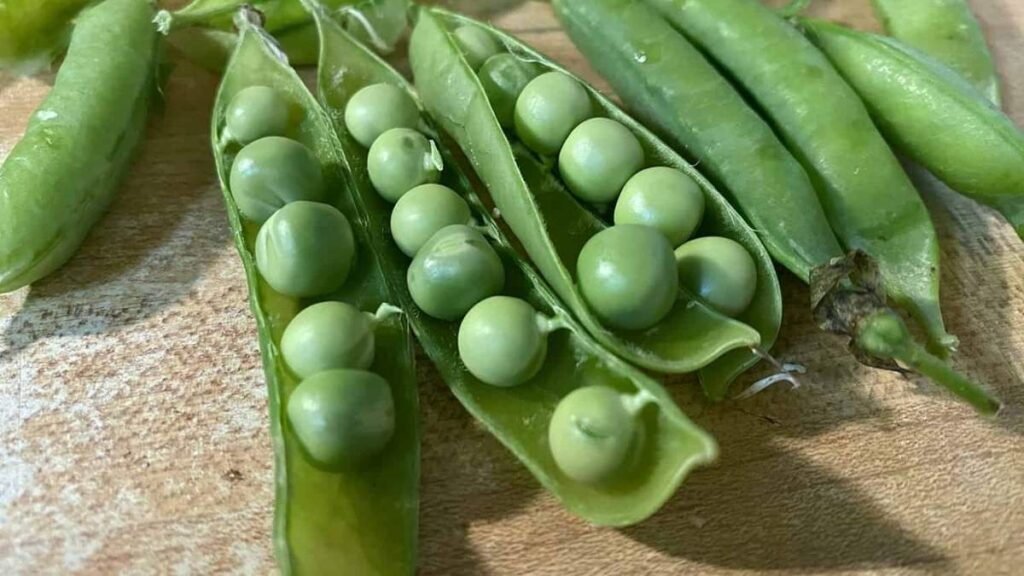
- Little Marvel: fast-growing and early maturing
- Sugar Ann: sweet snap pea, cold-tolerant
- Green Arrow: heavy yields and good for cooler weather
- Dwarf or micro varieties: suitable for indoor or container growing
Choosing the right variety helps you match the plants to your climate and growing season.
What Is the Role of Season Extenders in Pea Plant Growth
Season extenders protect pea plants from harsh weather.
- Row covers trap heat and shield from frost
- Cold frames create a mini greenhouse effect
- Mulch insulates soil and conserves moisture
- Mini hoop houses provide extra warmth and protection from wind
Using these tools can allow you to grow peas even in colder months or extend the fall season.
What Is the Most Common Mistake That Harms Pea Plants
Avoid these common errors to keep your peas thriving:
- Planting too late in spring or during hot summer months
- Overwatering during winter causing root rot
- Allowing pods to become overripe, reducing new pod production
- Neglecting to provide proper support for climbing varieties
Being mindful of these will help you grow healthy, productive pea plants.
What Exactly Is the Best Way to Harvest and Care for Pea Plants Year-Round
Proper harvesting and care keep the plants productive.
- Pick peas as soon as pods are plump but still tender
- Harvest regularly to encourage new pod growth
- Remove dead or yellowing leaves to improve airflow
- Fertilize lightly only if needed, as peas fix their own nitrogen
Consistent care leads to longer harvests and healthier plants.
Conclusion
Keeping pea plants thriving year-round takes planning, patience, and the right techniques. Plant during cool seasons, choose the right varieties, use season extenders, and maintain a steady care routine. With these steps, you can enjoy fresh peas almost all year, regardless of your climate.
Frequently Asked Questions (FAQs)
When should I plant peas for the best harvest?
Plant peas 4 to 6 weeks before your last frost in spring or 8 to 10 weeks before the first frost in fall.
What temperature is ideal for pea plants?
Peas grow best in temperatures between 55°F and 70°F. Temperatures above 85°F can stop pod production.
Why are my pea plants not producing pods?
It might be due to heat stress, over-fertilizing with nitrogen, or not harvesting regularly.
How can I protect pea plants during winter?
Use row covers, cold frames, mulch, or grow peas indoors with sufficient light.
Can I grow peas indoors all year?
Yes, dwarf and micro pea varieties grow well indoors under grow lights and can be harvested in 3 to 4 weeks.

